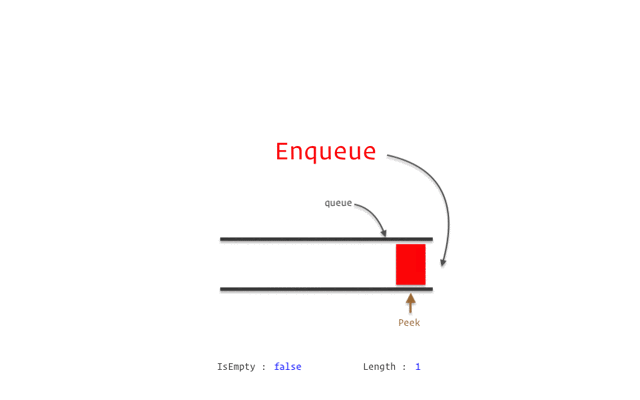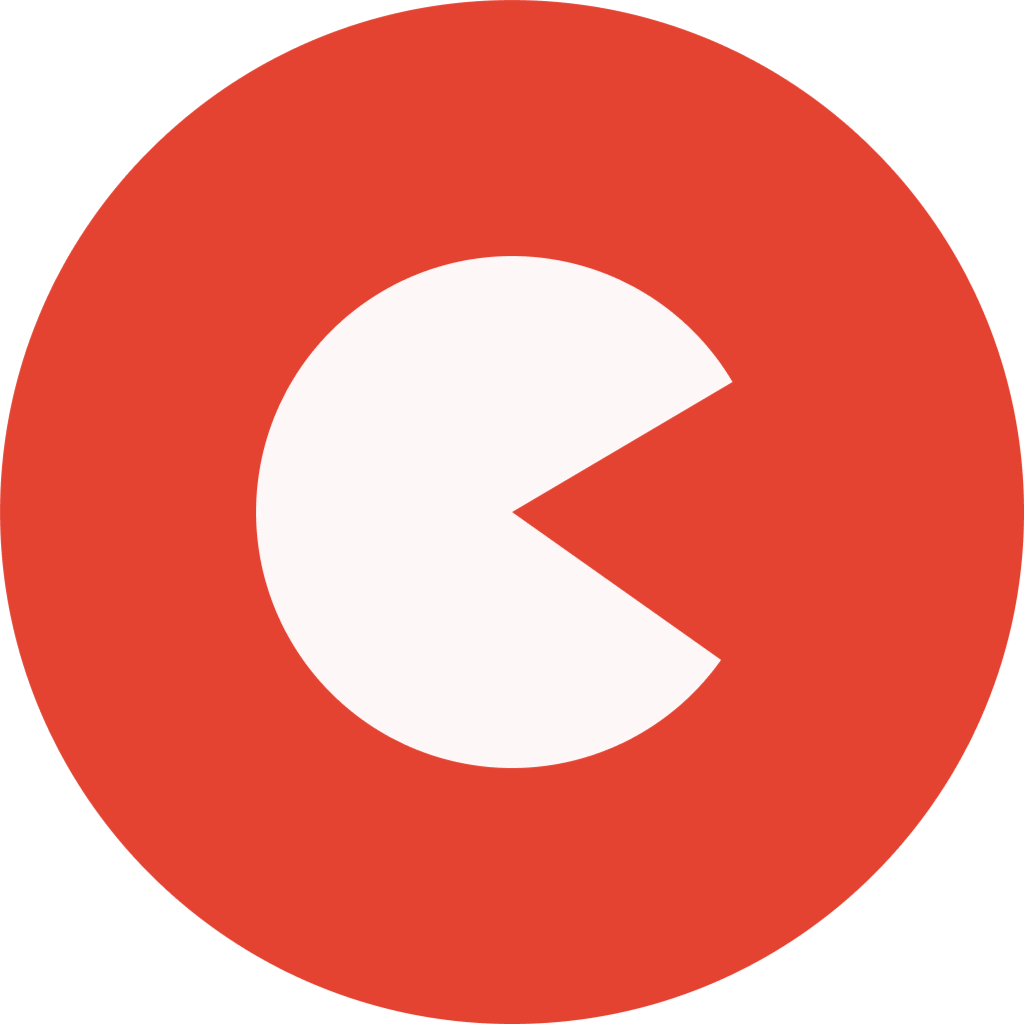JB TAK FODEGA NHI .... TB TK CHODEGA NHI .... (MAANG)
SQP2 Queue Implementation Using Array
What is Queue?
A queue is a linear list of elements in which deletions can take place only at one end called the front, and insertions can take place only at the end called the rear. The queue is a First In First Out type of data structure (FIFO), the terms FRONT and REAR are used in describing a linear list only when it is implemented as a queue.

Notes
Note: Zoom for Better Understanding
In computer science queues are used in multiple places e.g. in a time-sharing system program with the same priority from a queue waiting to be executed. A queue is a non-primitive linear data structure. it is a homogeneous collection of elements.
The process to add an element into a queue is called Enqueue and the process of removal of an element from the queue is called Dequeue.
Basic features of Queue
Implementation of Queue Data Structure
The queue can be implemented in two ways :Some Basics operations on the Queue
Push(): Push Function used for the put the element to the Queue if the Queue limit is Not Overflow under the Limit or The process of adding new elements to the top of the Queue is called Enqueue operation.
Conditions:
push (Queue, Size, Front, Rear, x)
{
if (Rear == Size - 1)
Print Over flow
if (Front == -1)
Set Front = 0 && Rear = 0
Else
Rear = Rear + 1
Queue[Rear] = x
EXIT
}
Pop(): Pop Function The process of deleting an element. from the front of the Queue is called POP operation also know as Dequeue
Conditions:
pop (Queue, Size, Front, Rear)
{
if (Front == - 1)
Print Under flow
x = Queue [Front]
if (Front == Rear)
Set Front = -1 && Rear = -1
Else
Front = Front + 1
EXIT
}
Top() or Peek(): Means Print the Front Element from the Queue.
Conditions:
top (Queue, Size, Front, Rear)
{
if (Front == - 1)
Print Under flow
else:
x = Queue [Front]
print(x)
Exit
}
Size(): Size function used for find the Size of the Queue.
Conditions:
size (Queue, Size, Front, Rear)
{
if (Front == - 1)
Print Under flow
else:
print(Size)
Exit
}
Empty(): Empty function is Used for check Queue Stck is Empty or Not.
Conditions:
empty (Queue, Size, Front, Rear)
{
if (Front == - 1)
Print print(1)
else:
print(-1)
Exit
}
Code Zone!
.png)
.png)
Sb Mai He Kru ...
Khud Bhi Kr le Khuch ..... Nalayk
Time Complexity:Push Operation : O(1)
Pop Operation : O(1)
Top Operation : O(1)
Empty Operation: O(1)
Size Operation: O(1)
Search Operation : O(n)
Space Complexity:O(N) O(N) Size of the Queue














